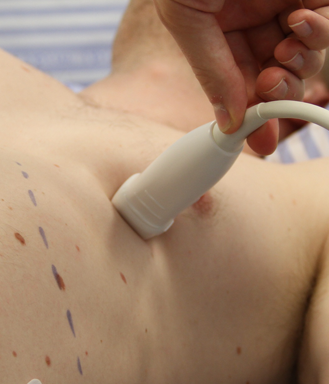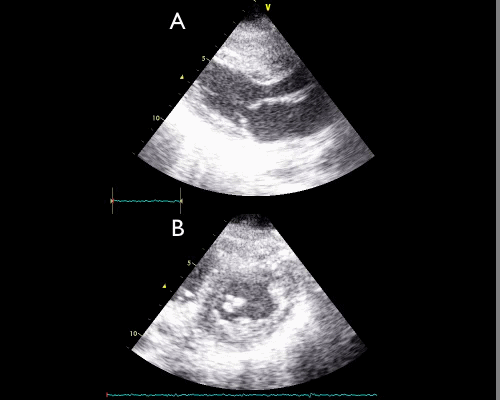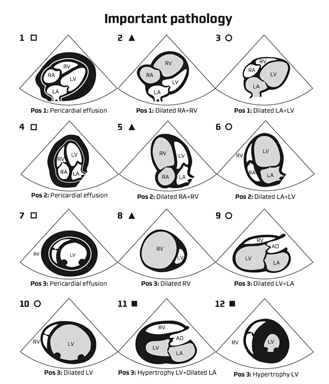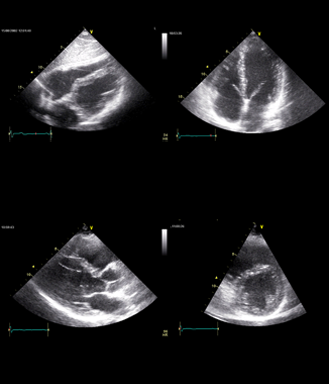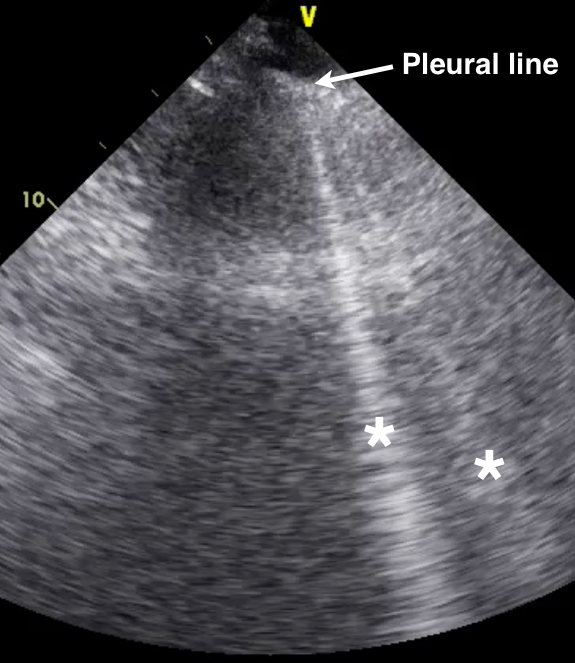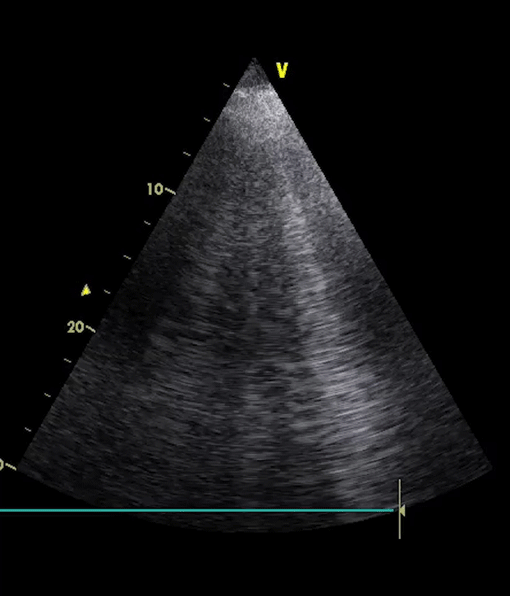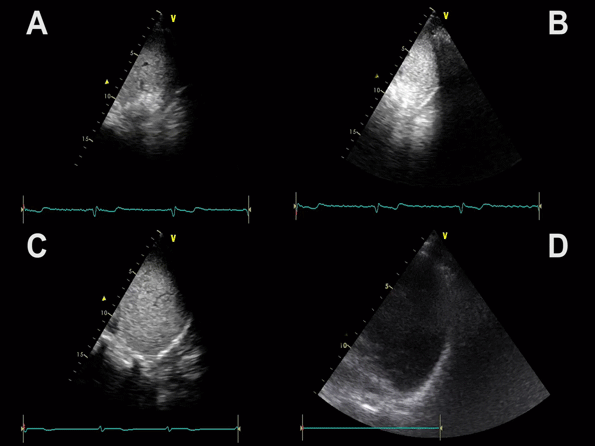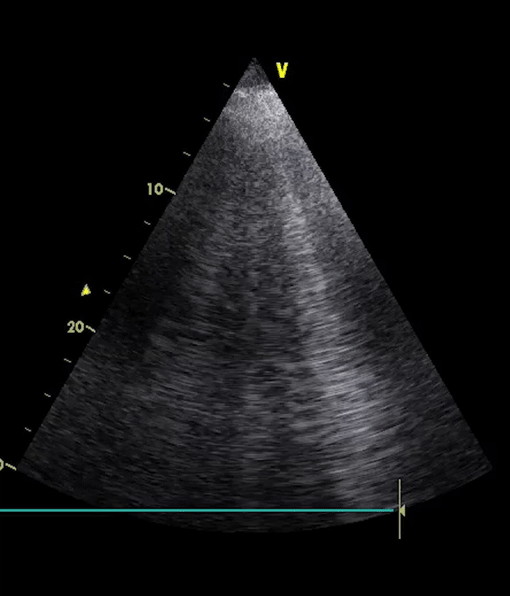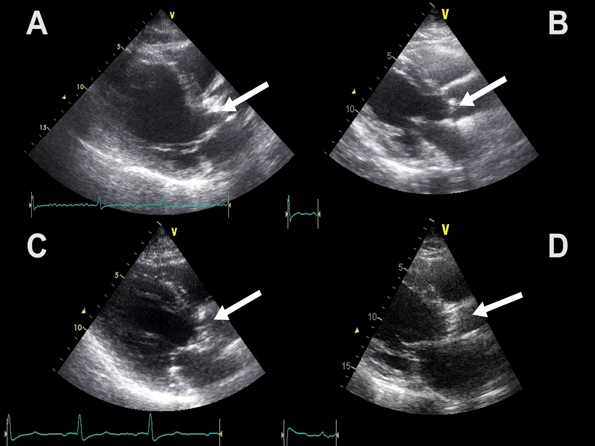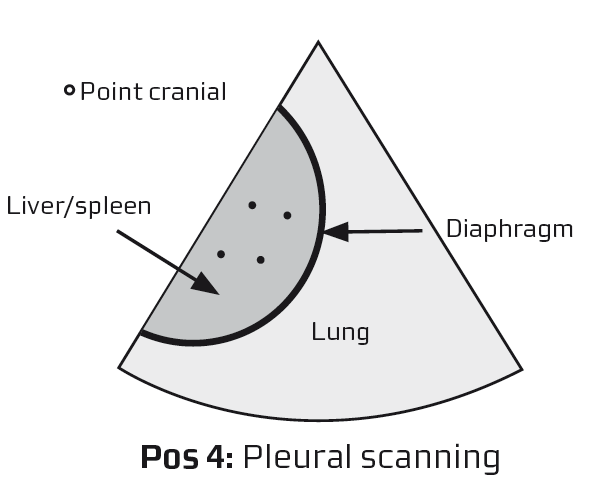In these two lessons you have completed approximately 40% of a full basic FATE course
We have focused on the most important part of point-of-care cardiac ultrasound, which is 2-dimensional imaging of the most important and easiest cardiac views. In addition you have learned how to do the very important pleura scan
The patients will appreciate to be more effectively examined and treated without bias and unnecessary time delay
This is the idea of the FATE protocol
You have the basic knowledge to do this although there is much more to learn on future courses: M-mode, more pathology, cardiac systolic and diastolic function, Doppler, pressure estimation and assessment of cardiac output as the most important
